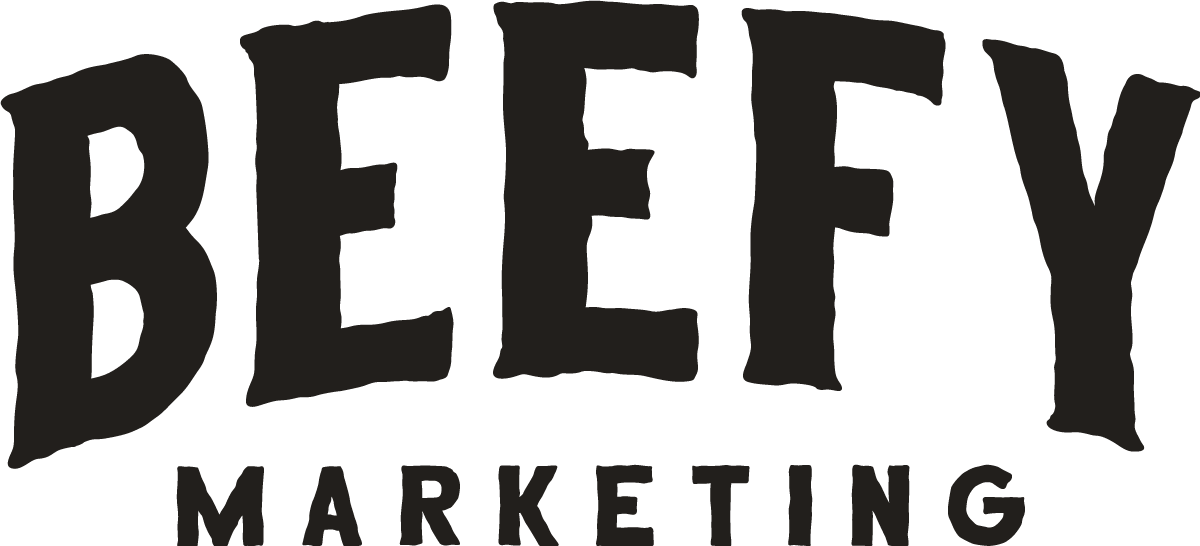Google launched its newest algorithm, BERT, and it’s adding a whole new slew of SEO terms to our glossary. Don’t know what we’re talking about? Then welcome, you must be new to the world of organic digital marketing.
As a small business owner, you probably spend way too much money on paid ads. Are you seeing the ROI?
If you’re like most businesses, you probably aren’t. That’s where SEO comes in.
Want to what this magical little acronym means? You’ve come to the right place. Check out this guide to the top SEO terms you need to know and stop wasting money on paid ads today!
What is Search Engine Optimization (SEO)?
Search engine optimization (SEO) is a method for getting more traffic to your business website. Unlike paid advertisements, SEO helps your website rank on Google organically. Considering that 71% of people won’t look past the first page of Google search results, you can see the benefits of this tactic.
Yes, that’s right: SEO can help you cut down on pricey ads without losing an ounce of traffic. If you rank among the top spots, that is.
9 SEO Terms to Know
The first step to ranking #1 in your search engine of choice is to understand what SEO is and how it’s done. Yet before you can do that, you need to learn the lingo. SEO experts use a range of terms that may be completely unfamiliar to you.
Let’s go over the 9 most common SEO terms you need to know.
1. Algorithm
An algorithm is a set of rules a system follows to solve a problem. In reference to SEO, an algorithm is the set of rules Google or another search engine uses to evaluate your webpages and website.
In other words, the search engine algorithm determines whether you get ranked on the first page of the search results or not.
2. Backlink
Also known as an inbound link, backlinks are links published on someone else’s website that direct back to one of your webpages. If you ever want to rank on the first page of Google, backlinks are absolutely vital.
3. Click-Through Rate (CTR)
If you have a poor CTR, you can almost guarantee Google isn’t going to rank your website. That’s because CTR is calculated using the number of people who click on a link to your webpage vs. the total number of people who see the link in the first place.
Usually, CTR refers to links you include in your paid ads. Yet it’s also a measure of how well you’re aligning your keyword with your webpage content.
4. Domain
Every website has a domain, including yours, and you can think about it in the same way you think about your physical business’s address. Your domain is how prospective clients will discover your business.
Here’s how to make your domain SEO-friendly: add branding keywords to your domain name. As you’ll soon see, keywords are those magical phrases people type into a search box and discover your webpages.
On the other hand, branding is vital for establishing what your company does before a prospective customer clicks on your website. For example, if your business sells natural supplements, you would want the word “supplement” in your domain name.
5. Google Trends
Google Trends is a website that shows the most popular phrases and topics people are searching for. For SEO, it can help you do keyword research, which you’ll learn about next.
You can search Google Trends all the way back to five years ago. Additionally, you can see what people are searching for in different regions and languages across the world.
6. Keyword
In SEO, a keyword is gold. That’s because this phrase helps potential customers discover your webpages by typing a query into their search box. A keyword can be long-tail (usually around 5-word phrases or more) or short-tail (between 2- and 5-word phrases)
For best SEO results, you would use your keywords in the:
- H1 Title
- H2 Heading
- Meta description
- Domain
7. Link Building
Remember how we talked about the importance of backlinks? Never is the importance of inbound links more apparent than in link building. As we mentioned before, you can almost guarantee that the top-ranked pages on Google have a ton of backlinks out there.
Just any backlinks won’t cut it, though. A good link building strategy would focus on getting a high-quality website to publish inbound links for them. You could do this by guest posting or hiring another content service to publish content with inbound links for you.
8. Outbound Link
Part of your link building strategy should also be to include outbound links on your website. These links don’t refer back to your website, but to an authority website in your niche. For instance, if your company offers SEO products, you might link back to the Search Engine Journal.
9. User Experience
User experience or UX refers to someone’s experience when they click on one of your webpages. Most consumers prefer a website that’s easy to navigate, clearly laid out, and simplistic. In fact, 88% of online shoppers say they wouldn’t return to a website after having a bad user experience.
Google takes notice of UX, too. You can tell by clicking on the top results for nearly any search query. The webpage you click onto will have a modern design with colors that appeal to the eye, plus plenty of white space to break up blocks of text for skimmers.
More SEO Education for Small Business Owners
Did you love learning about these 9 SEO terms and want to know what other educational content Trust Your Wingman has to offer? Subscribe to our blog to get updates delivered straight to your inbox!



